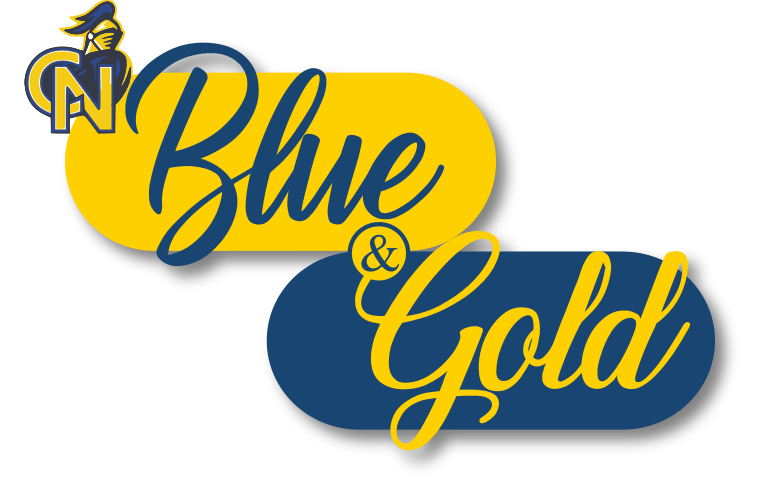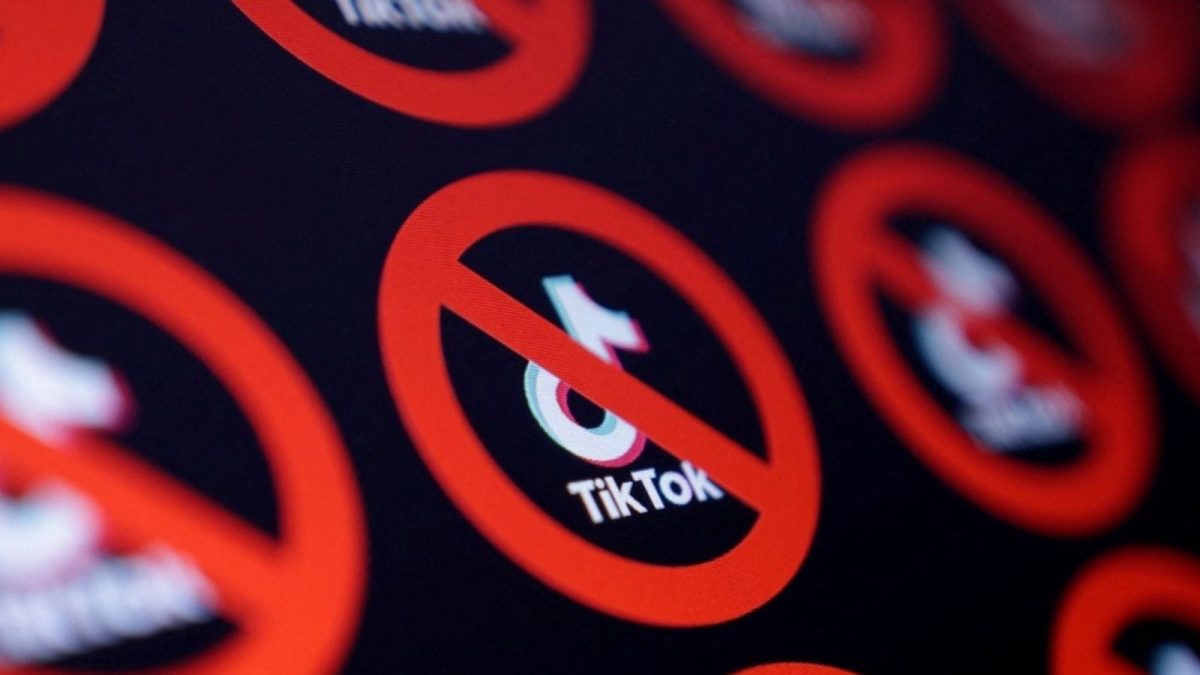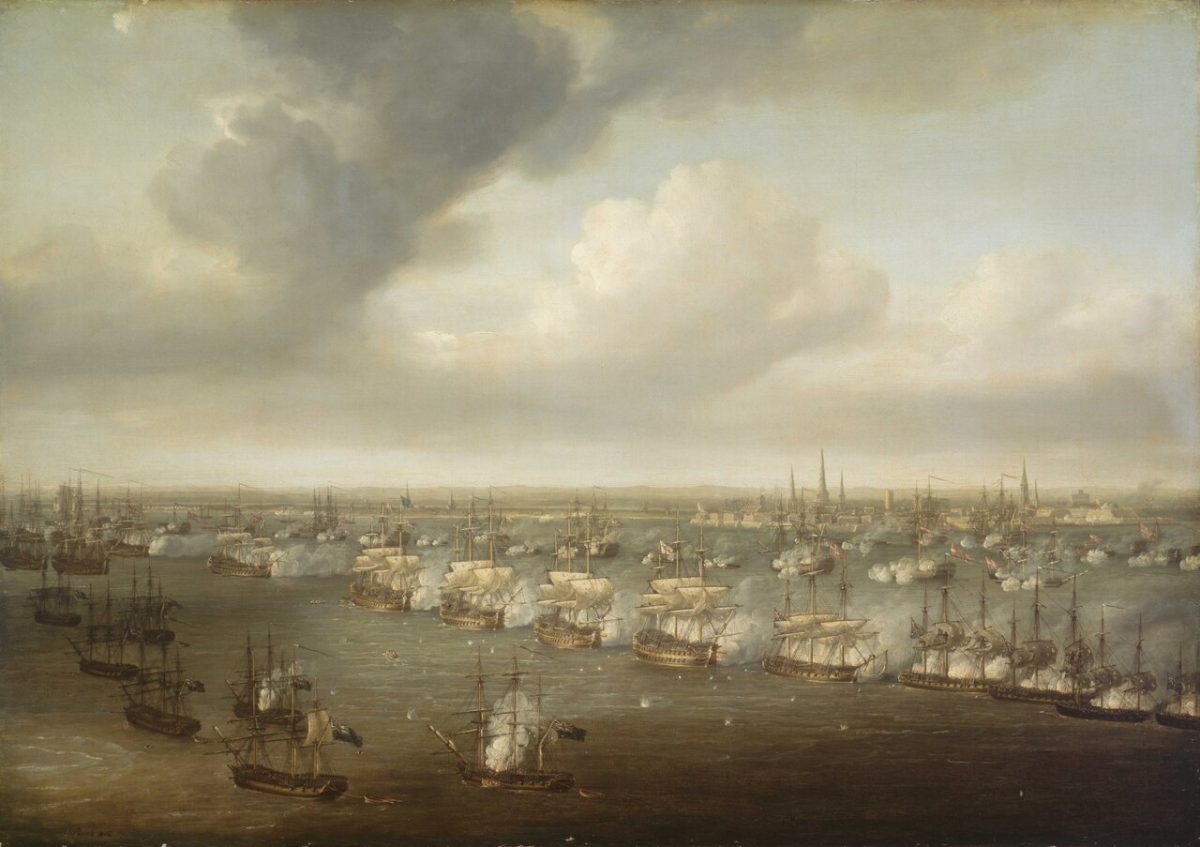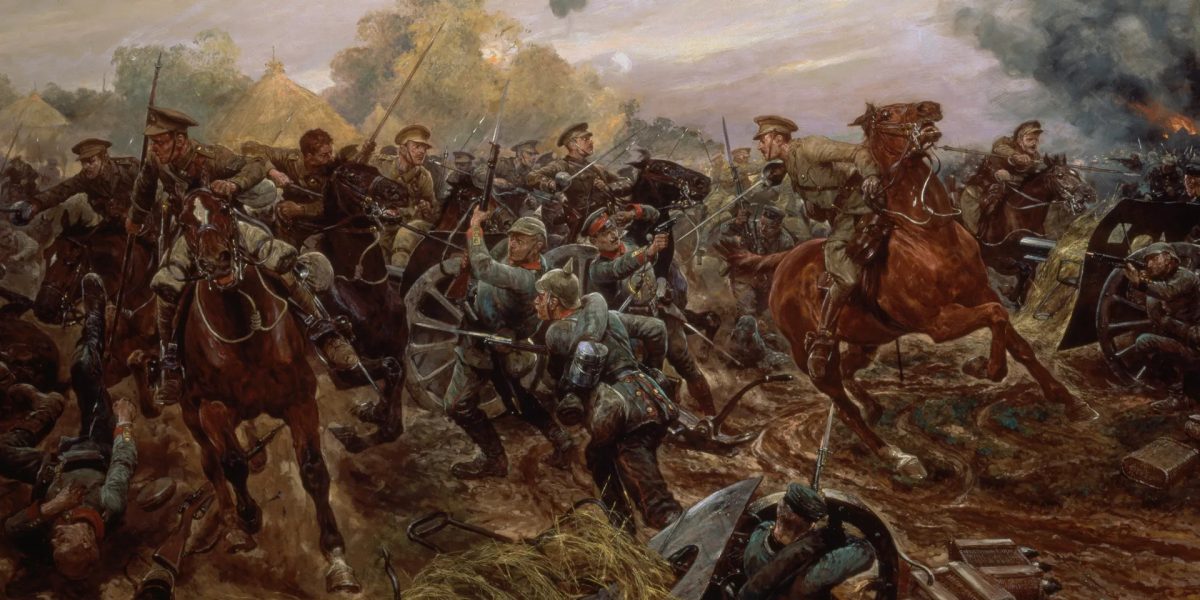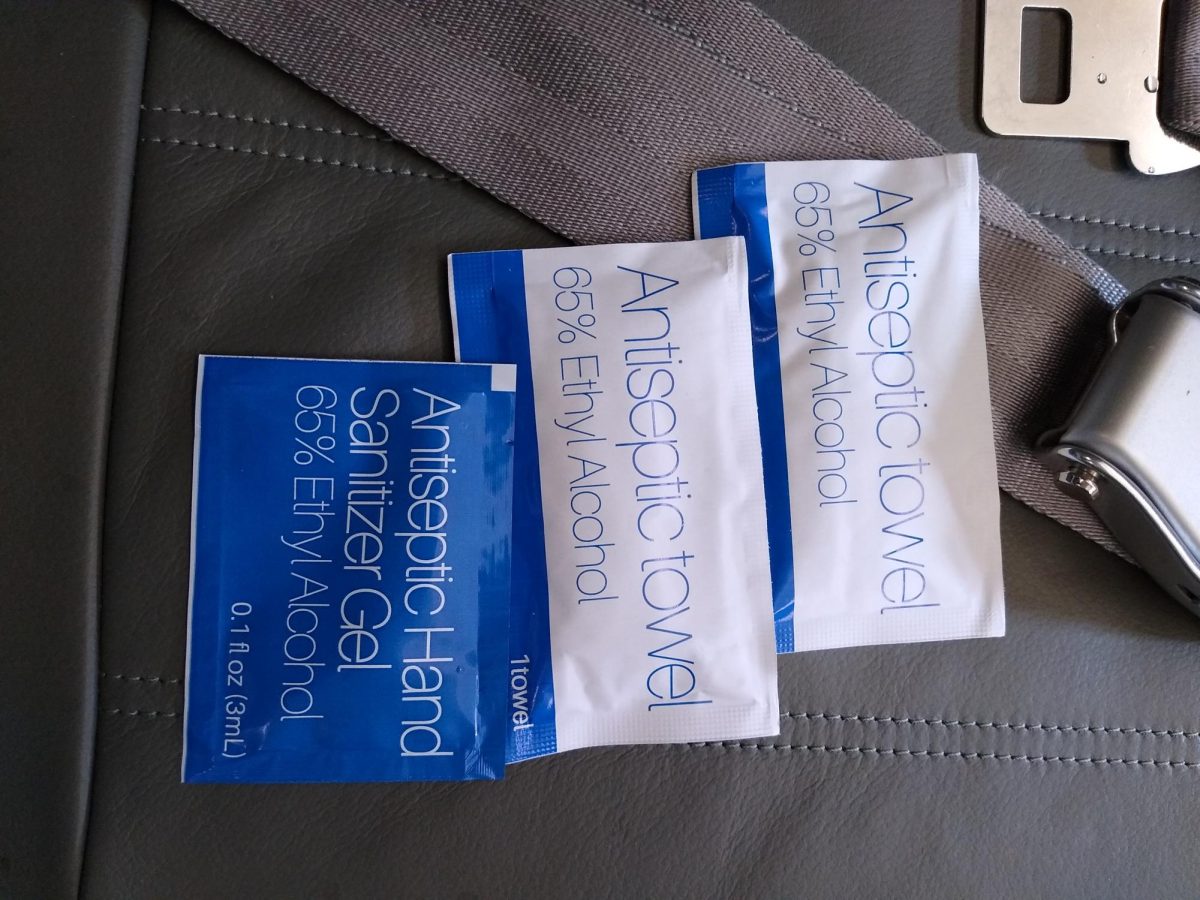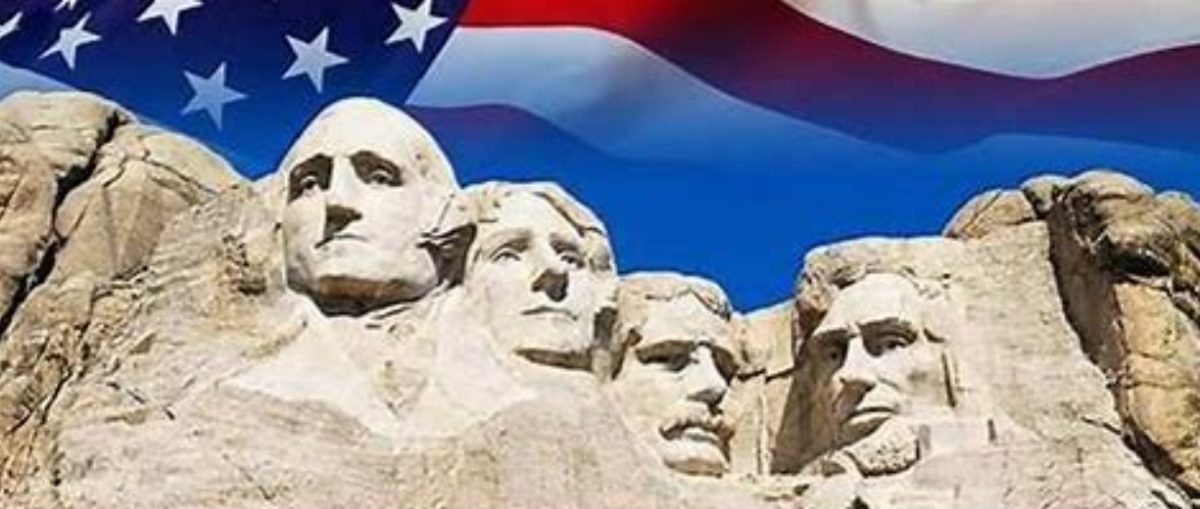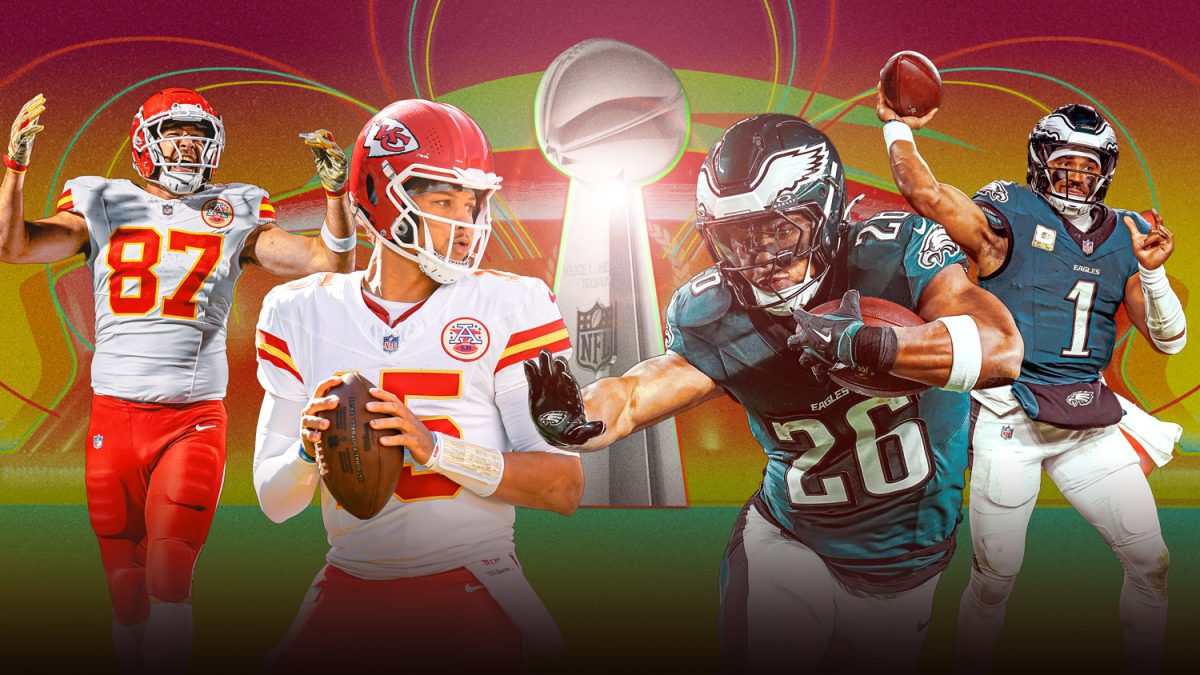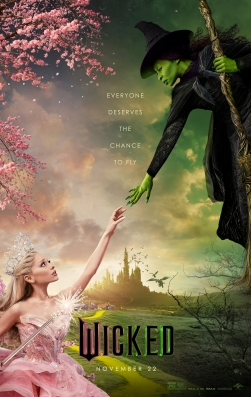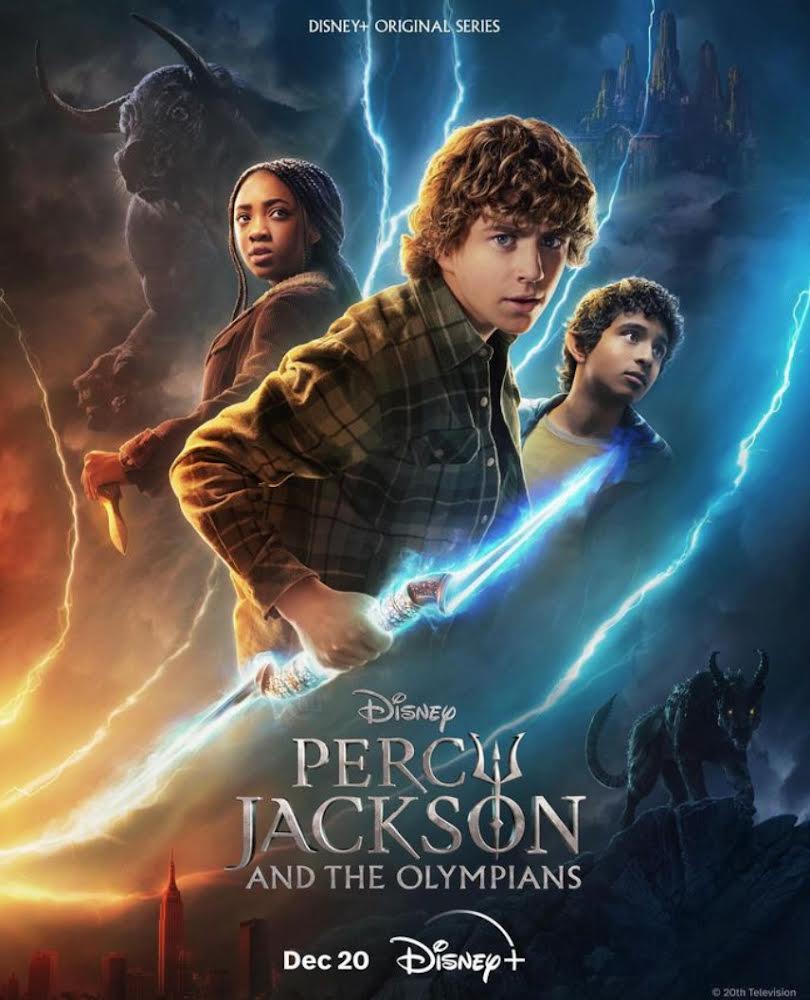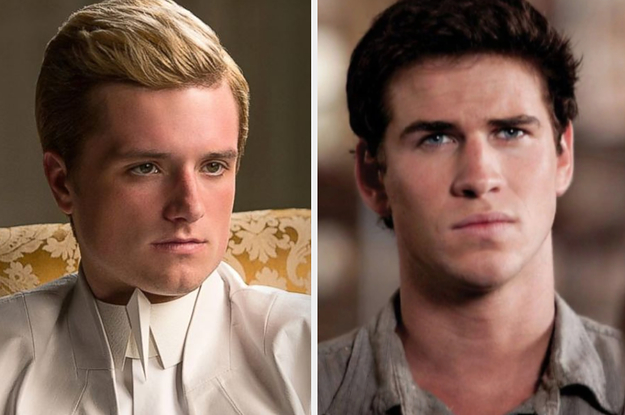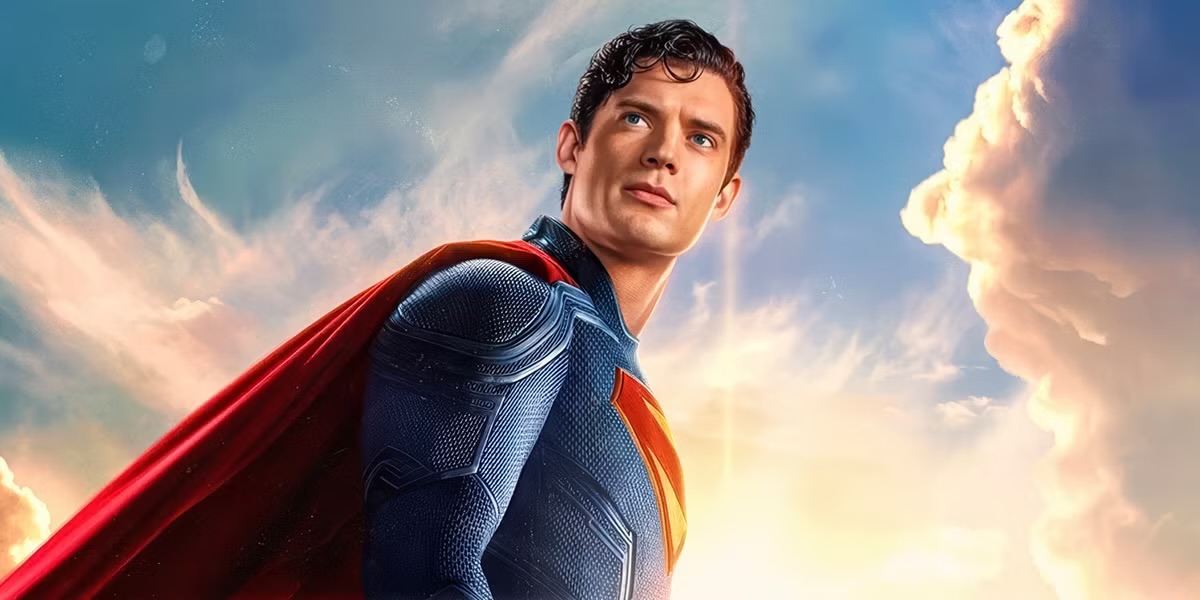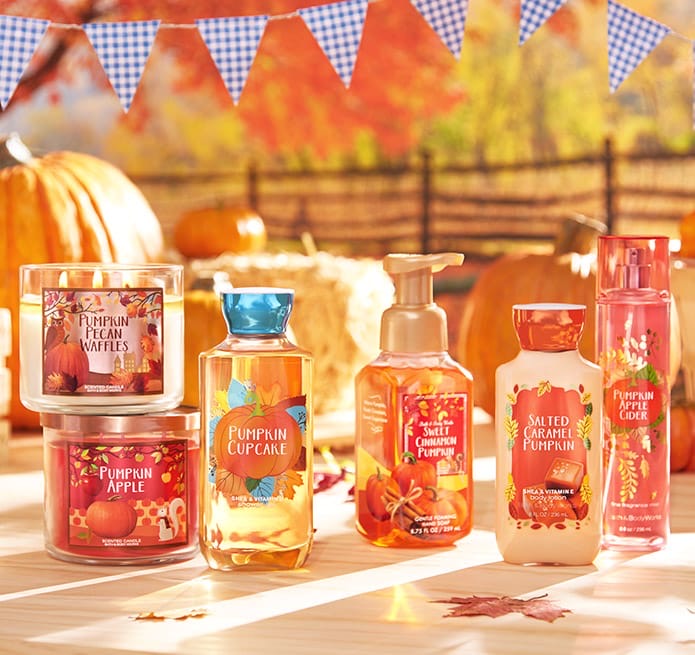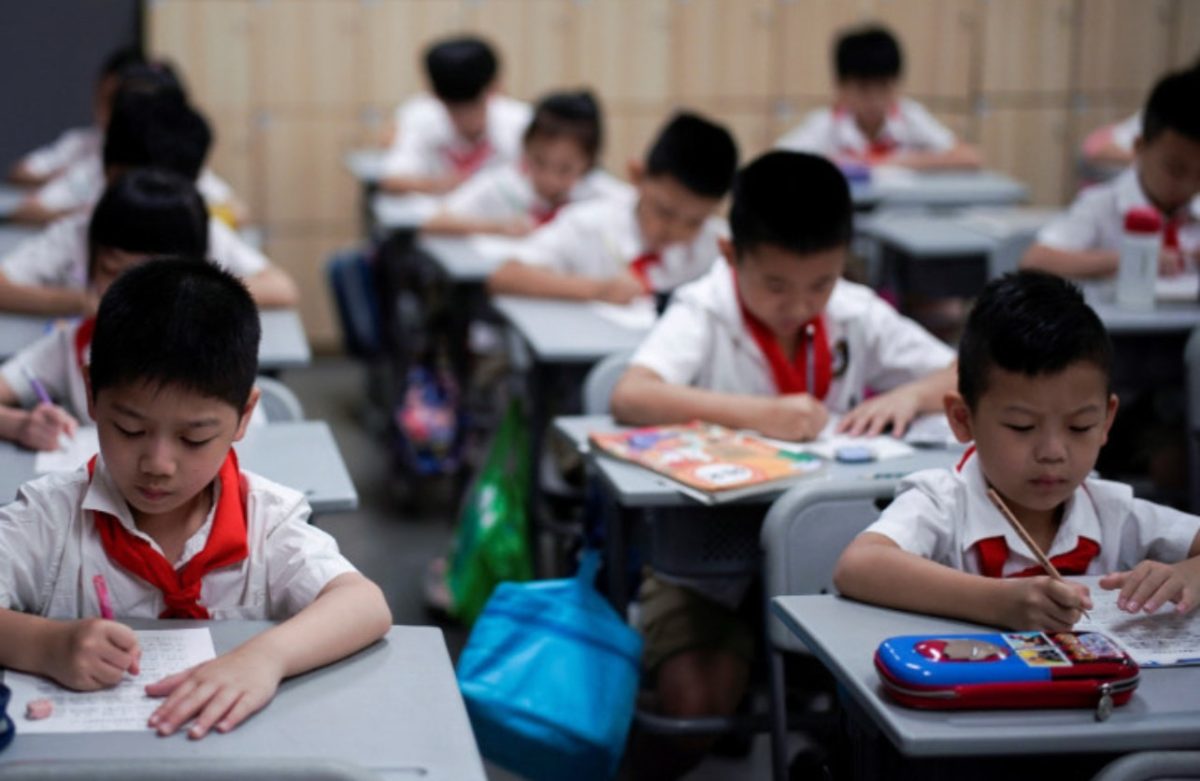TikTok is a video-sharing platform that has become extremely popular throughout the world. For many teens, scrolling through the vast variety of clips has been part of their daily lives since the app rose to popularity in 2020. TikTok also provides creators and users opportunities to earn money or promote businesses. If the app is so beneficial, why has there been multiple potential bans set into place?
TikTok was released in the App Store on September 20, 2016. It is owned and operated by a Chinese company named ByteDance, created by Zhang Yiming. Initially, the app was a product of two previously existing apps, Musical.ly and Douyin. Musical.ly, made in 2014, was already popular among people on social media platforms before ByteDance purchased it, allowing users to transfer their content onto TikTok. While TikTok was created four years prior, it became extremely popular and well-known during the quarantine following the Coronavirus outbreak in 2020. The app transformed into a site where people across the globe, sharing the same problem, expressed themselves as a substitute for human interaction. In 2020, over one billion accounts were created throughout the year as bored people of all ages looked for a common source of entertainment. The quarantine also sparked popularity for certain content creators like Charli D’amilio and Addison Rae. Overall, TikTok reached a new height in popularity as well as a peak in the unity between online users during the lockdown in 2020.
In August of 2020, word that TikTok faced a potential ban in America was emerging among people using the app. President Donald Trump claimed the platform posed a threat to the United States’ security and signed an executive order which was eventually blocked in court but reserved for Biden’s presidency. The TikTok community, shaken by the potential ban, resumed regular use of the site after the order was rejected. Little did they know that less than five years later the same ban would resurface and this time show different results.
2024 was filled with activity from President Biden’s part. On April 24th, 2024, the President signed a bill which issued a ban of TikTok unless ByteDance sells the app to an American company. Following India, Pakistan, and Indonesia’s footsteps, the United States government believed this was the best option as evidence suggested exposed user data on TikTok. January 10th marked the date of the Supreme Court case regarding the ban. Several points were made by the American lawyers such as mental health risks, spread of misinformation through the algorithm, and data exploitation. However, TikTok declined the allegations, stating that data is not shared beyond the app and that banning it would be a violation of the First Amendment rights. In the end, the Supreme Court scheduled a banning of TikTok on January 19th, 2025. At first, many people did not believe it would actually happen because of the ban rumors in 2020, but everyone was waiting for the Sunday that would determine the future of the platform.
On January 18th, it seemed like the whole world was scrolling on TikTok, trying to get their last hours of use before the ban. Many believed that the ban would take place once the clock struck midnight, but to their surprise the app stopped working at around 10:30 that night. Upon opening the app, the user was met with a message on their screen stating that a ban had been put into action and that Donald Trump has expressed his interest in restoring it. Why did the once-opposing President suddenly change his opinion about a ban that he put into place? Apparently, Donald Trump stated that banning TikTok would empower Facebook, an app much worse in his opinion. He decided to defend the app and just twelve hours after it was banned, TikTok became usable again. Unfortunately, anyone who deleted the app from their phones would no longer have access to it, as the app stores removed TikTok and prohibited downloads from their site. Along with Tiktok, other apps owned by ByteDance such as Lemon8, Capcut, and Gauth were also temporarily unavailable. As of now, all apps are usable in the United States following Trump’s decision.
However, President Trump did not fully lift the ban from being enacted. It is known that the ban has been delayed and the date has been pushed back. This provides ByteDance with an opportunity to give the United States government 50 percent ownership of the app, which is what President Trump has expressed interest in. The ban is now set for early April of 2025.
Will the platform really get banned the next time, or will ByteDance sell part of the site as an attempt to save it? American users are eagerly awaiting and are curious to know what will happen to their beloved video-sharing app, TikTok.

